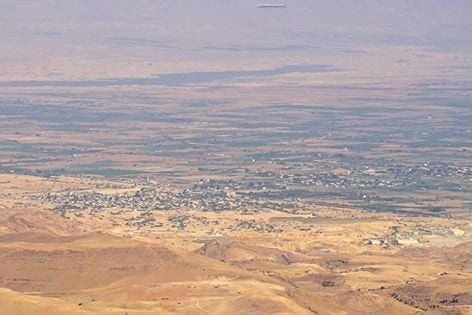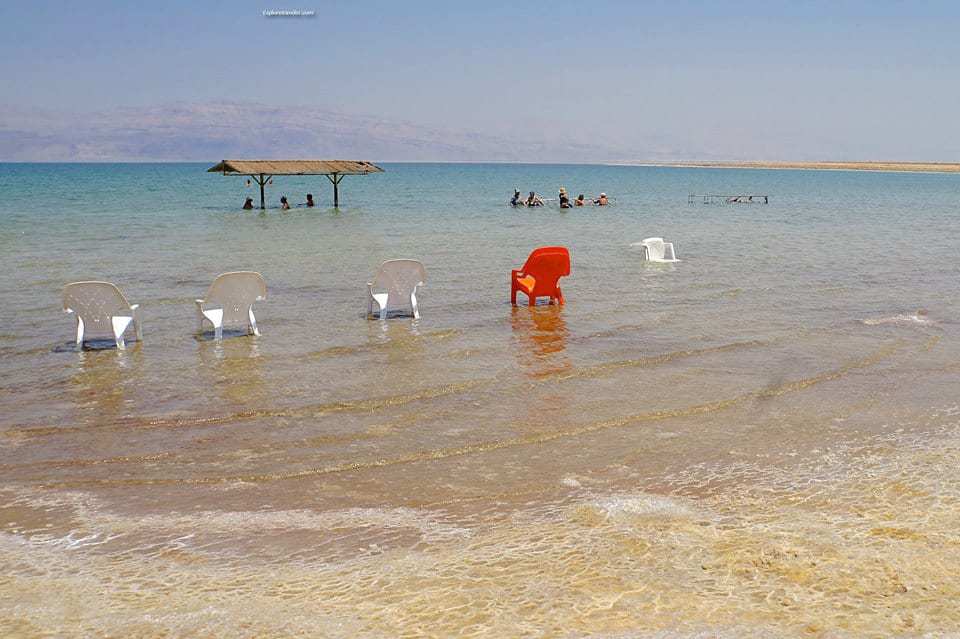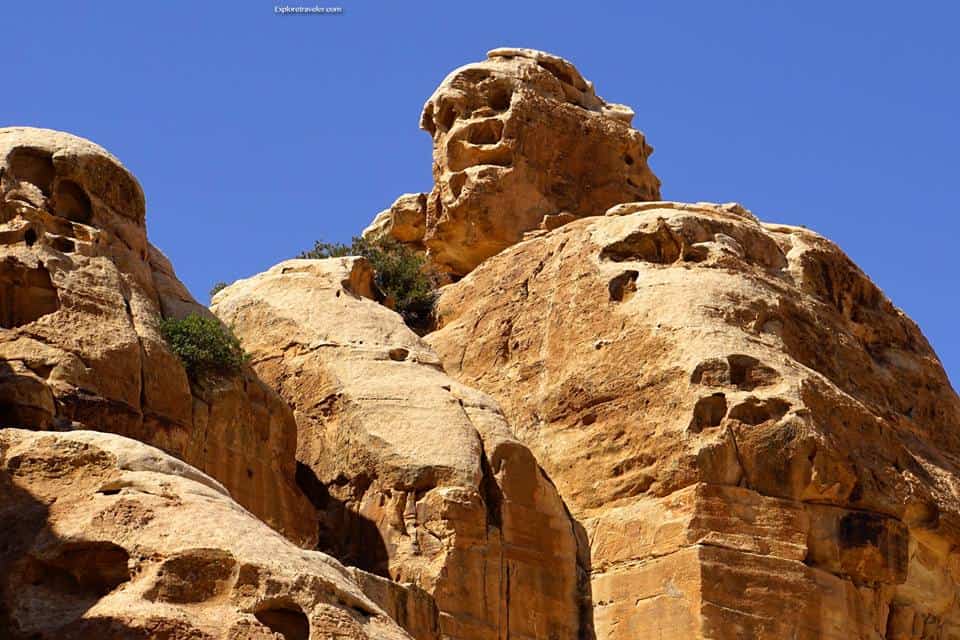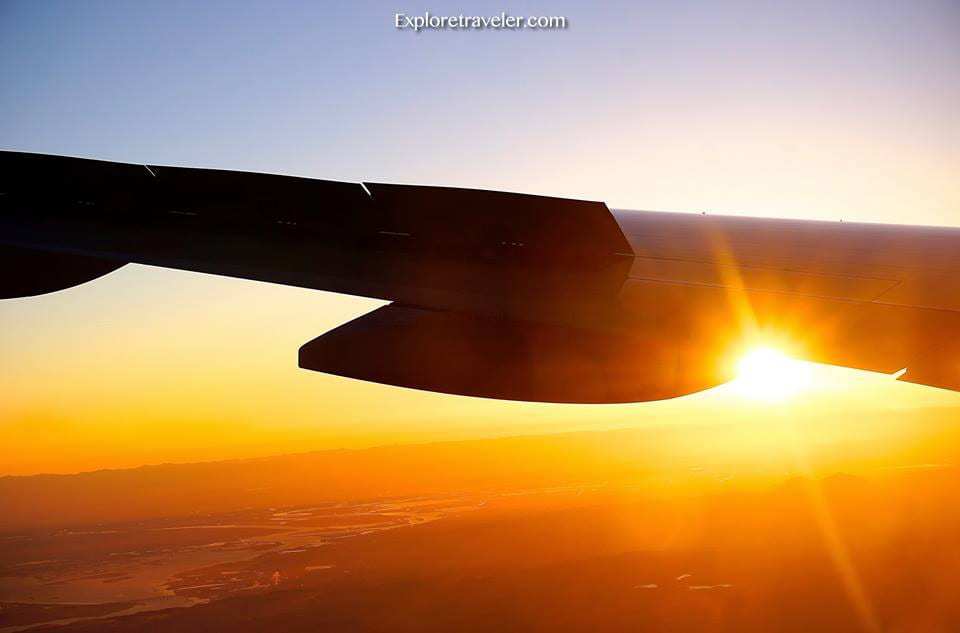Dead Sea
The Miraculous Waters Of The Dead Sea
So Salty That Nothing Can Live The Dead Sea, a… Read More »The Miraculous Waters Of The Dead Sea
Refuge In The Judean Desert
Refuge In The Judean… Read More »Refuge In The Judean Desert
Siq al-Barid In Jordan
Siq al-Barid In Jordan Siq al-Barid, literally means “the cold… Read More »Siq al-Barid In Jordan
Middle East Adventure Week Two
Middle East Adventure Week Two Middle East Adventure continues as… Read More »Middle East Adventure Week Two




